Probably the most helpful options of the mirrorless digital is its capability to accomodate nearly any flange distance from movie period interchangeable lens cameras apart from 8mm and most subminiatures. I don’t possess a single devoted lens for my Sony A3000, having disposed of the unique zooms together with the Nex 5N I began out with within the Sony APS-C mount. Working with legacy lenses by way of an adapter lets me really feel a lot extra linked with what I’m doing. Little bit of a stick within the mud outdated fogey I suppose.
My newest buy has been a Sony E to M39, Leica thread, adapter to permit becoming my two new to me LTM lenses to the Sony. China appears to be the place to seek out fairly priced, fundamental adapters and this was no exception however offered by a neighborhood firm right here in New Zealand after which shipped from China. A quite protracted course of, taking on two weeks to reach however lower than many others.
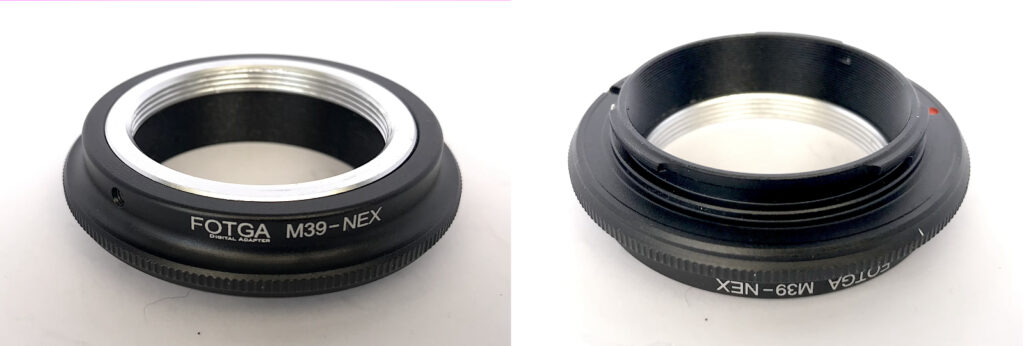
The adapter
It’s a effectively completed merchandise with no apparent flaws with a T2-style grub screw adjustment to allow scales to be positioned correctly as soon as on the digital camera, a superb Allen key being included for this objective. The Sony E bayonet is machined into the black physique with a separate, silver end screw insert for the Leica thread, held in place by the grub screws talked about.
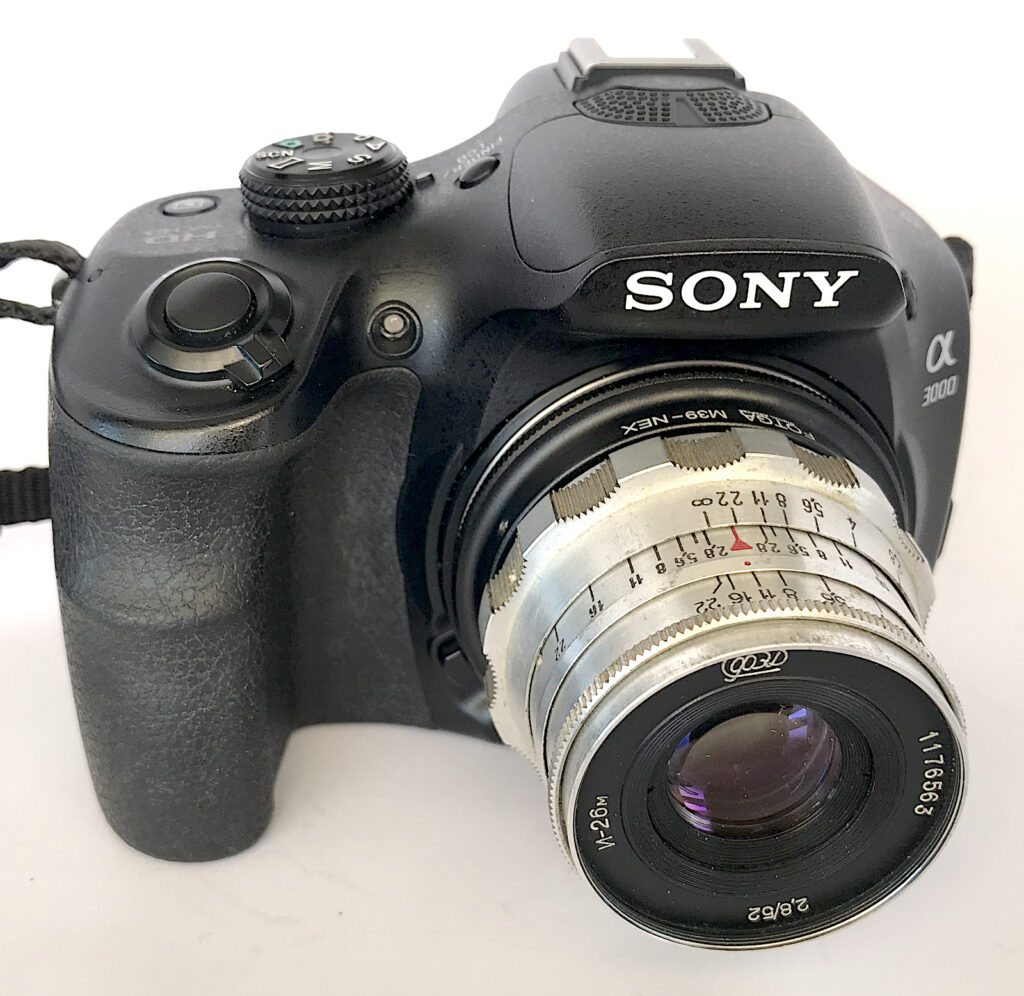
The mix is a effectively balanced unit which feels very comfy within the hand. The 90mm Elmar feels equally at dwelling.
Each the bayonet and the screw thread are wonderful matches with the digital camera and lens, each participating easily and positively.
Sadly the lenses can not deal with infinity. In equity, the provider’s description didn’t declare that infinity focus is feasible or certainly that it wasn’t, although that is usually identified with a few of these adapters. The Sony has an 18mm flange distance in opposition to the M39’s 28.8mm which implies the depth of the adapter ought to be 10.8mm. Checking dimensions with a digital calliper, it really measures 12.3mm mating face to mating face, 1.5mm out. Sufficient so as to add seen softness to distant objects, significantly with the 50mm, however doable to be remedied by stopping down to extend depth of subject if wanted. It’s a pity it isn’t extra correct although as there’s a lot materials within the physique to permit it to be produced to an correct dimension.
Preliminary exams
My lenses are a KMZ Industar 26M f2.8 52mm and a Leitz Elmar f4 90mm. On APS-C these change into 78mm and 135mm respectively after all.
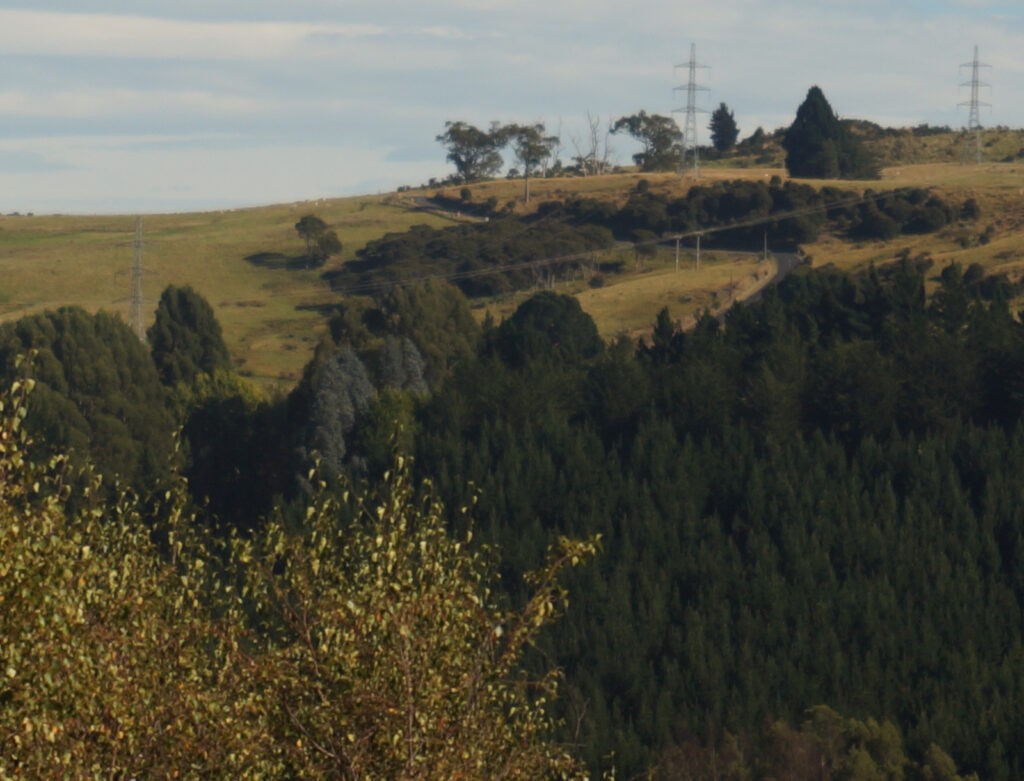 Essentially the most noticeable softness is with the 52mm at most f2.8 aperture as proven right here.
Essentially the most noticeable softness is with the 52mm at most f2.8 aperture as proven right here.
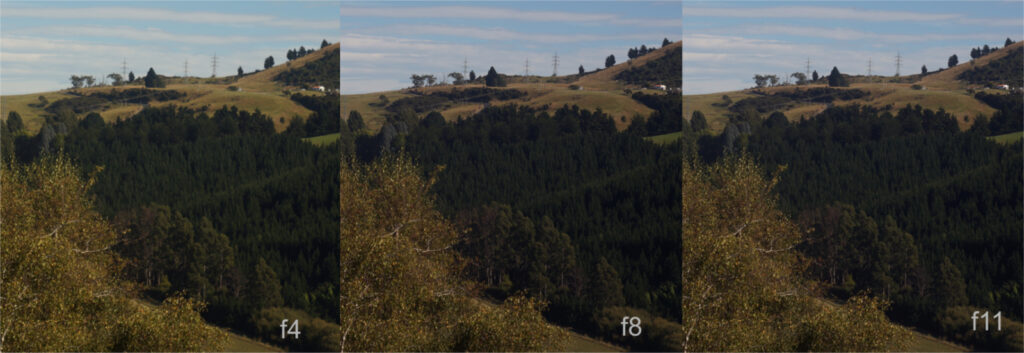

These compilations present the slight softness at infinity at f4 with depth of subject bringing issues into higher focus because the lens is stopped right down to f8 or f11. The foreground tree stays sharp all through aside from slight fall-off at f4. The softness is much less pronounced with the Elmar which is the sharper lens in any case and magnification is bigger with the 52mm examples.
Outcomes
To check issues on pretty common topics I shot just a few frames round the home utilizing Auto ISO mode which I haven’t used earlier than. I’ve learn some beneficial tales about it although so I assumed I might see what it may do.

 Each these shot at ISO100 with the Elmar at f11. With solely the central space getting used sharpness may be very even.
Each these shot at ISO100 with the Elmar at f11. With solely the central space getting used sharpness may be very even.
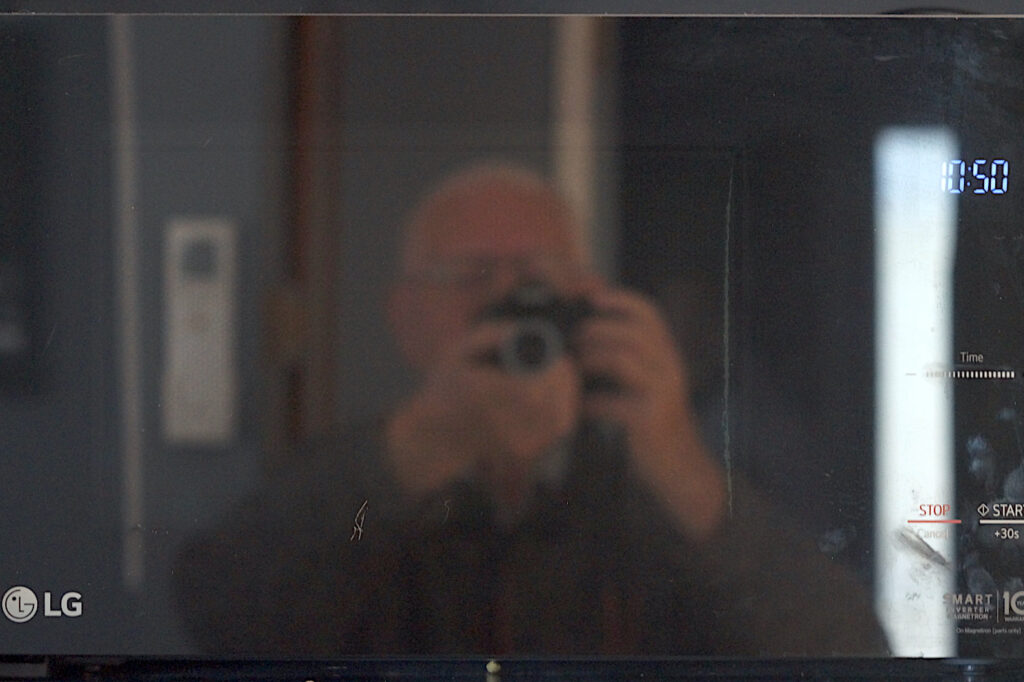 The microwave, probably giving the worst outcomes for noise with Auto ISO. The Elmar once more however at ISO1600 and f5.6 with -1.3x compensation. Noise is much less obtrusive than I anticipated and the compensation was essential to counteract the meter’s try to supply a mid gray common with all of the darkish tones current.
The microwave, probably giving the worst outcomes for noise with Auto ISO. The Elmar once more however at ISO1600 and f5.6 with -1.3x compensation. Noise is much less obtrusive than I anticipated and the compensation was essential to counteract the meter’s try to supply a mid gray common with all of the darkish tones current.

Nonetheless with the Elmar at ISO2000.
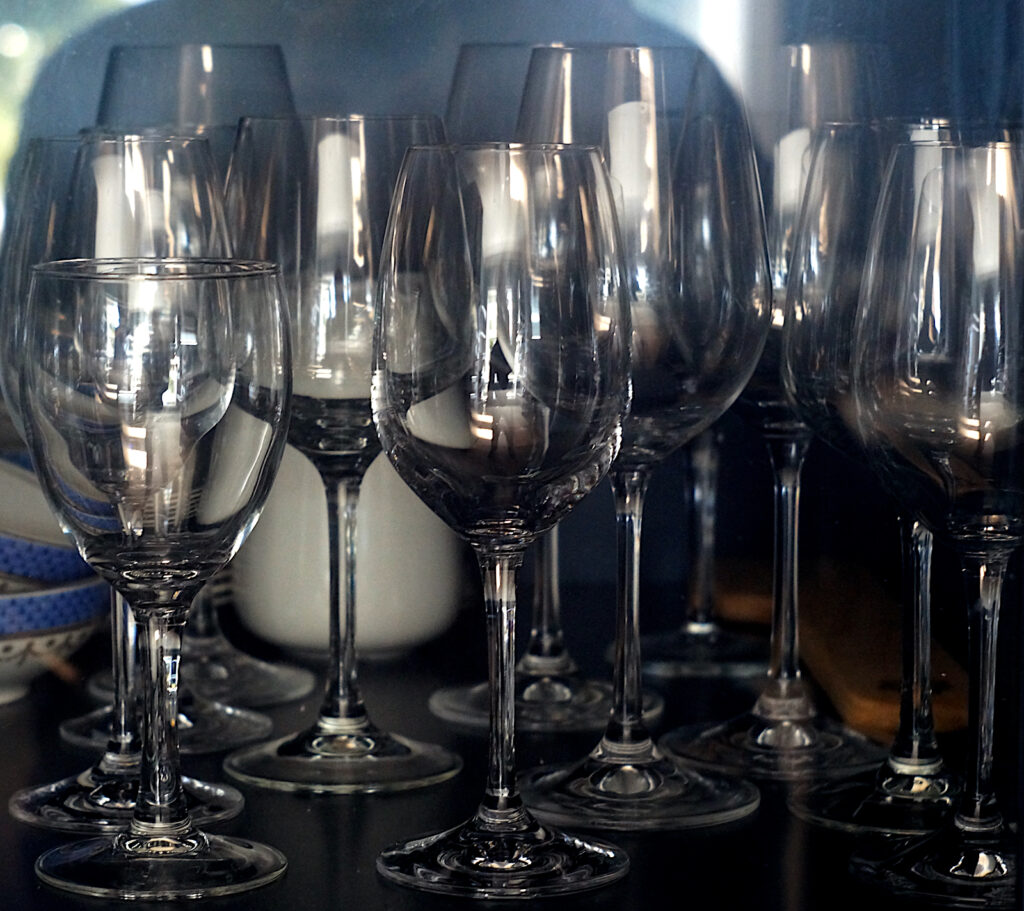 One other ISO2000 with the Elmar with creditabe lack of noise.
One other ISO2000 with the Elmar with creditabe lack of noise.
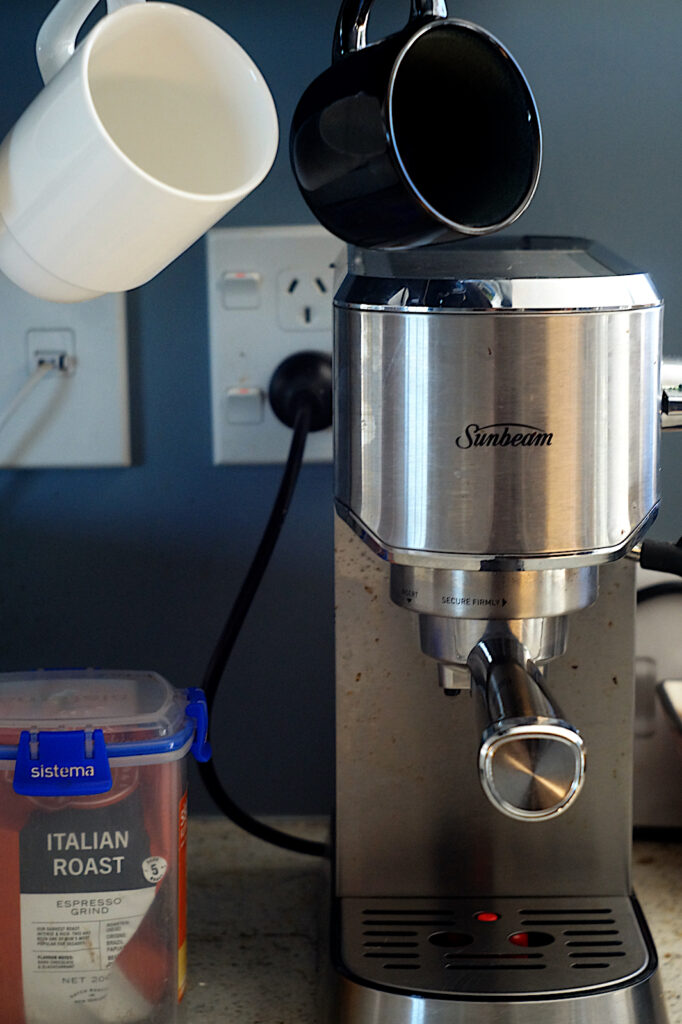 ISO1000 with the Industar and once more no noise issues.
ISO1000 with the Industar and once more no noise issues.
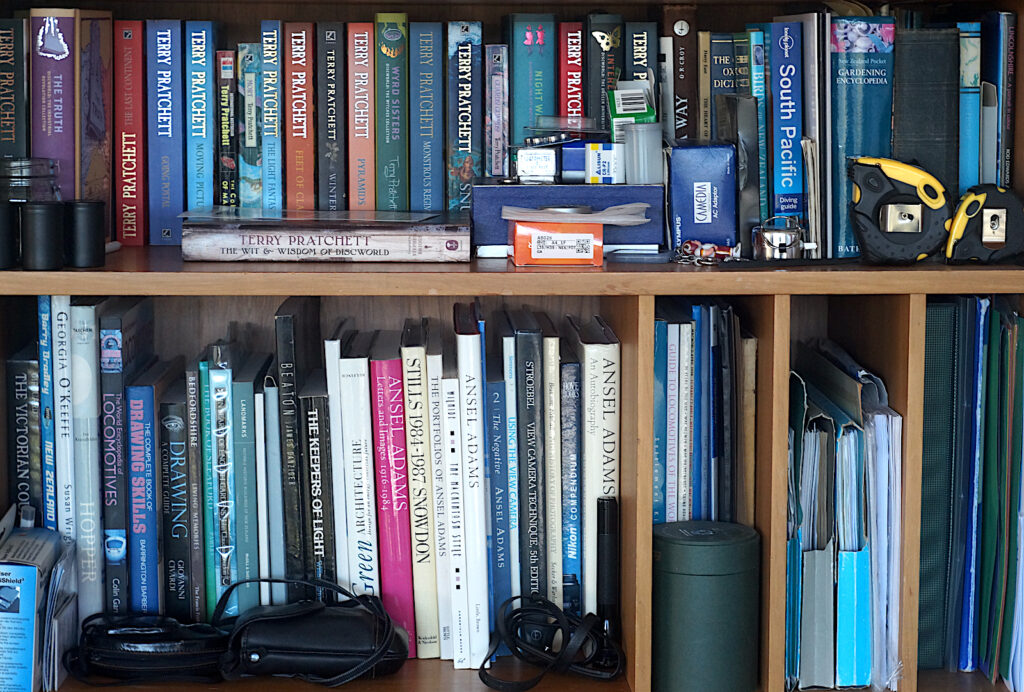 The Industar once more at ISO800.
The Industar once more at ISO800.
Feedback
Regardless of the slight shortcomings, this machine permits me to take pleasure in one other avenue of images. It’s such a diverse subject continually providing new issues to discover.
Digital’s capability to permit such flexibility in ISO settings plus the key strides producers have made with noise suppression has been a giant consider placing this mix to work. My first strive at utilizing Auto ISO has been fairly an eye-opener and might be even higher with shutter precedence however I can not use this with legacy lenses and so am restricted to aperture precedence. It could get extra use.
Share this submit:


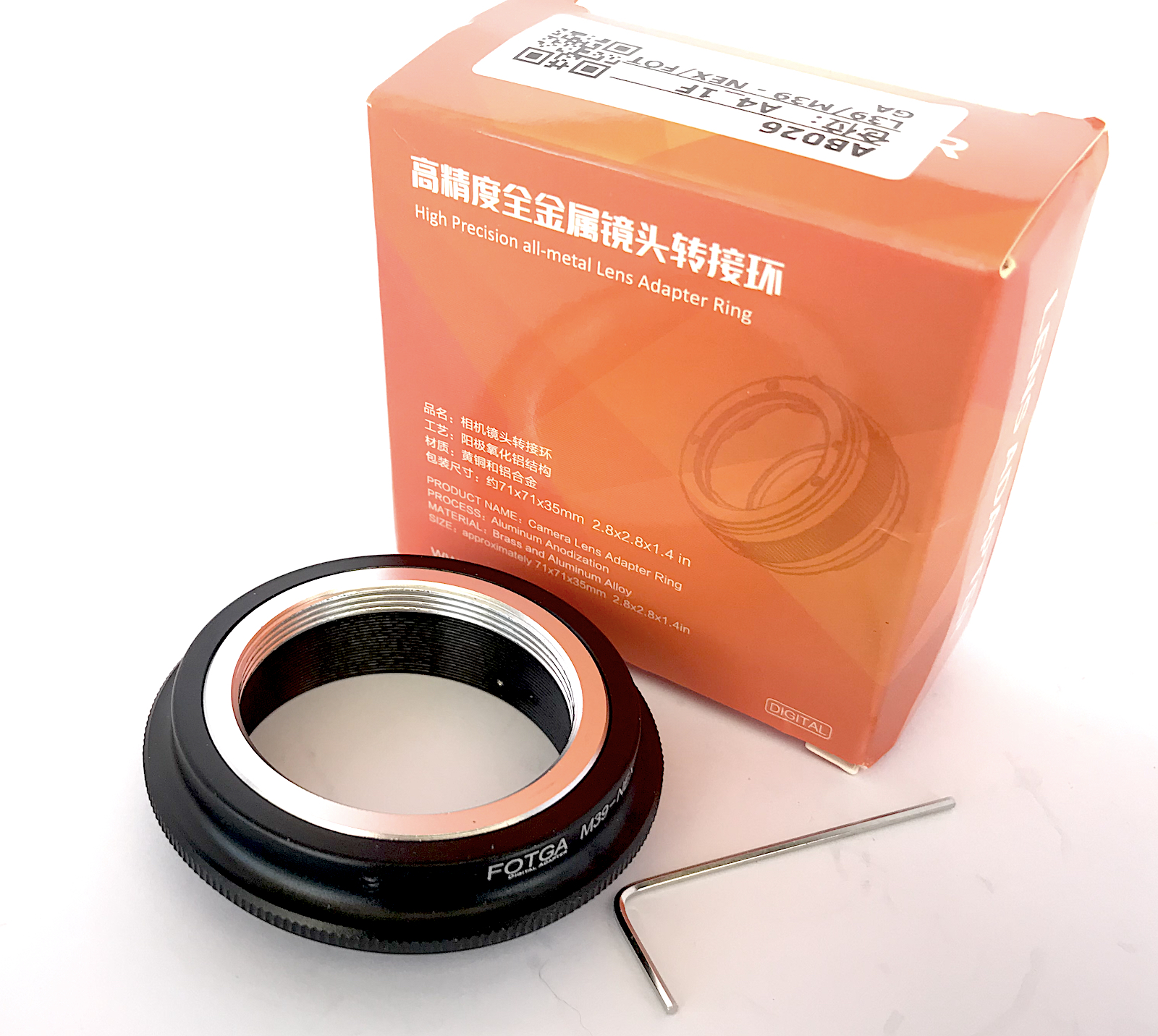
 Viesearch - The Human-curated Search Engine
Blogarama - Blog Directory
Web Directory gma
Directory Master
http://tech.ellysdirectory.com
8e3055d3-6131-49a1-9717-82ccecc4bb7a
Viesearch - The Human-curated Search Engine
Blogarama - Blog Directory
Web Directory gma
Directory Master
http://tech.ellysdirectory.com
8e3055d3-6131-49a1-9717-82ccecc4bb7a